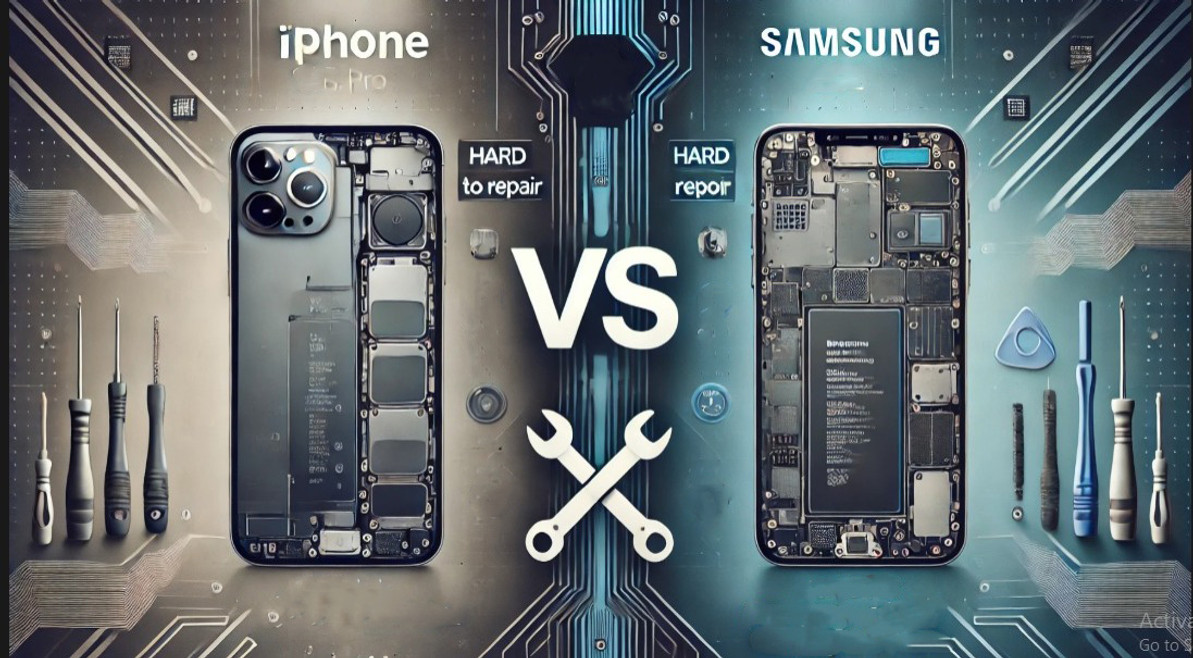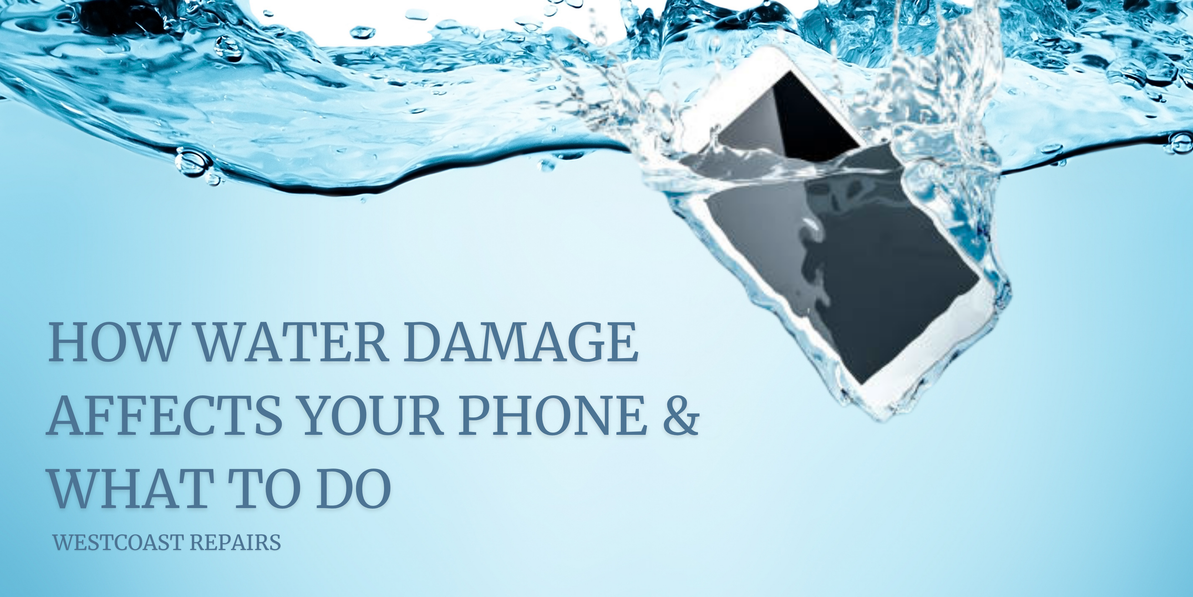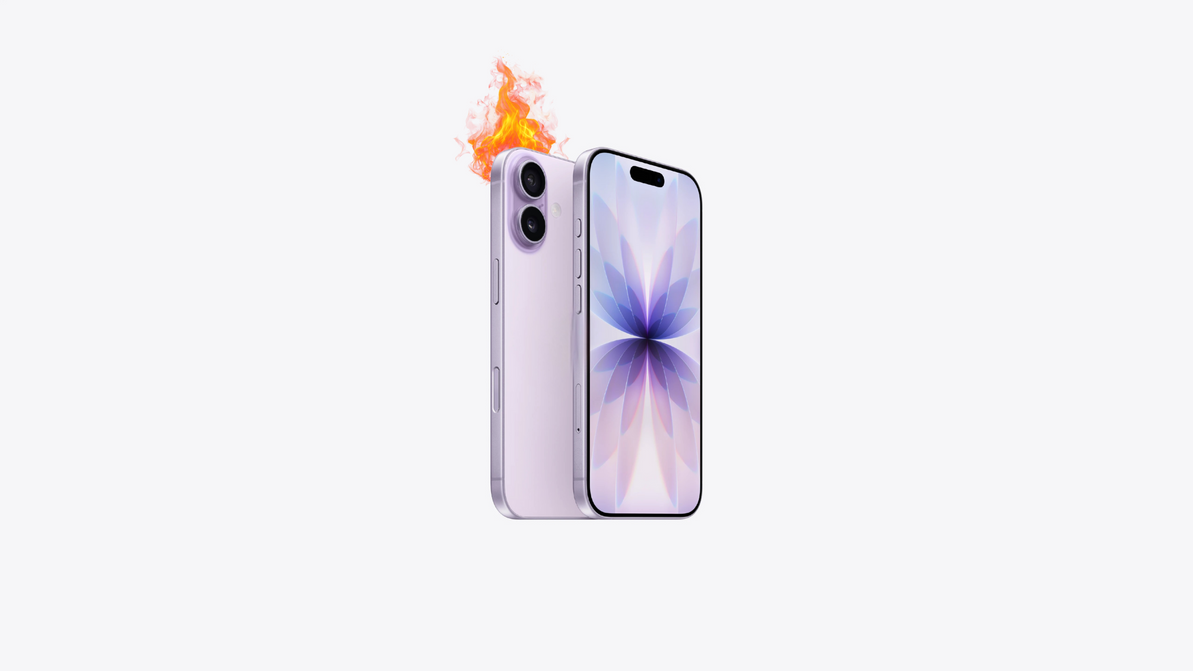The Reparability Face-Off between Apple and Samsung
Smartphones have evolved significantly in terms of technology, design, and functions. However, one issue that has remained a hot topic of dispute is reparability—how easy (or difficult) it is to repair a device when anything fails. As we approach 2025, Apple and Samsung continue to dominate the smartphone market, but which brand has superior reparability?
Let's break it down into major areas like repair easiness, spare component availability, repair costs, and manufacturer policies.
Ease of Repair: Modular vs. Sealed Designs
- Apple: More Modular but Still Challenging: Apple has traditionally made it tough for third-party repair shops to work on its products due to software restrictions and proprietary components. However, in response to growing demand from right-to-repair activists, Apple has improved modularity in several areas.
- The iPhone 15 and 16 series included a revamped internal construction, enabling screen and battery repairs easier than in earlier models.
- The Self-Service Repair program allows customers to purchase genuine Apple parts and tools, although repairs remain difficult for non-professionals.
- Software pairing concerns exist, necessitating the use of Apple's proprietary calibration tools when changing significant components (such as screens, Face ID sensors, and batteries).
- Samsung: More Glue, But Repair Guides Can Help: Samsung smartphones are recognized for their elegant appearance, but they typically have excessive adhesive, making them difficult to open without specialized tools.
- The Galaxy S24 series and subsequent models continue to use strong adhesives for battery and screen replacements, making repairs more time-consuming.
- Samsung provides official repair manuals and an expanding network of approved repair centers to make repairs easier.
- Unlike Apple, screen replacements on Samsung phones do not require software pairing, making third-party repairs a little easier.
Although Apple has made some changes, Samsung currently leads in terms of ease of third-party repairs due to fewer software constraints.
Availability of Spare Parts: Apple’s Monopoly vs. Samsung’s Expanding Network
- Apple: Official Parts, but Locked Ecosystem: Apple has made parts more accessible through its Self-Service Repair program, although genuine components remain expensive. Additionally, Apple limits part compatibility by serializing it to specific devices.
- For example:
- Non-official iPhone battery replacements may result in warning messages and disabled functionalities.
- Aftermarket screens frequently cause Face ID or True Tone calibration issues unless they are installed by Apple.
- Samsung: Improved Parts Availability, But Still Expensive: Samsung has increased the availability of original parts through its partnership with iFixit and direct sales of components like batteries, screens, and back covers.
- Samsung’s repair kits are more accessible than Apple’s.
- Third-party repairs don’t always require manufacturer pairing, making independent repair shops more viable.
- However, high prices for official Samsung parts remain a challenge
Samsung wins for easier access to spare parts and fewer restrictions on third-party repairs.
Repair Costs: Which Brand Supports Low Cost to Fix: Repair costs play a huge role in reparability. A device might be easy to fix, but if the parts are too expensive, users may opt to replace rather than repair.
- Apple: Higher Prices, but More Service Options: Apple's official repair services remain expensive, and independent repair shops frequently encounter software-related issues.
- Screen replacement for the latest iPhones costs low anywhere.
- Battery replacement is less.
- Third-party fixes are risky owing to Apple's software limitations.
- Samsung: Slightly cheaper, but still expensive: Samsung repairs can be costly, but independent repair shops offer greater flexibility.
- Screen replacements for the Samsung Galaxy S24 series cost an average.
- Battery replacements run low but are slightly higher than Apple’s.
- There are no software pairing issues, which reduces repair costs for unofficial solutions.
Samsung provides reduced total repair expenses, particularly for third-party repairs.
Manufacturer Policies: Right to Repair in 2025: The Right to Repair movement has gained momentum in recent years, pushing both Apple and Samsung to make repairs more accessible.
- Apple: Increased Openness, but Still Limited: Apple established the Self-Service Repair program, however, independent repair companies are still limited by software locks. In 2025, the corporation marginally expanded repair choices, although they remain limited when compared to competitors.
- Samsung: Proactive, but with Room for Improvement: Samsung has taken a more proactive approach, releasing repair guidelines and working with third-party repair businesses such as iFixit. They also provide certified repair businesses with a greater selection of authentic parts.
Samsung is more amenable to independent repairs than Apple.
Conclusion:
Samsung leads the way in reparability in 2025, because of improved availability of spare parts, lower repair prices, and fewer software restrictions on third-party fixes. Apple has made advances, but it still trails due to software pairing restrictions and hefty maintenance costs.
For those wishing to extend the lifespan of their devices, Samsung smartphones are now the better option in terms of reparability. However, if Apple continues to relax constraints in the future years, it may catch up.
Recent Posts
-
How Water Damage Affects Your Phone & What to Do
Understanding Water Damage in Phones Accidental exposure to water is one of the most common reasons …4th Oct 2025 -
Why Your Phone Overheats | And What You Can Do to Fix It
In today’s fast-paced digital world, our phones do more than ever from video streaming and gaming to …20th Sep 2025 -
MagSafe Explained: How It Works and Why It Matters | Westcoast Repairs Australia
MagSafe Explained: How It Works and What You Need MagSafe has quickly become one of Apple’s most exc …13th Sep 2025




